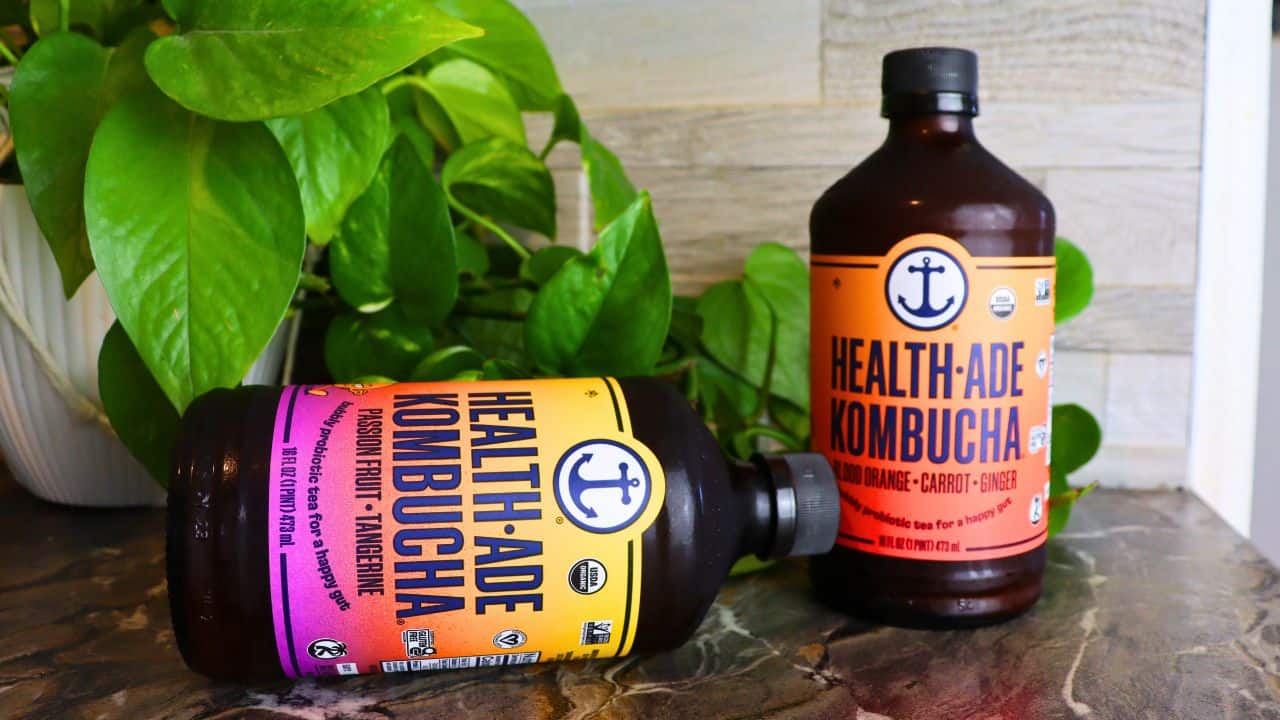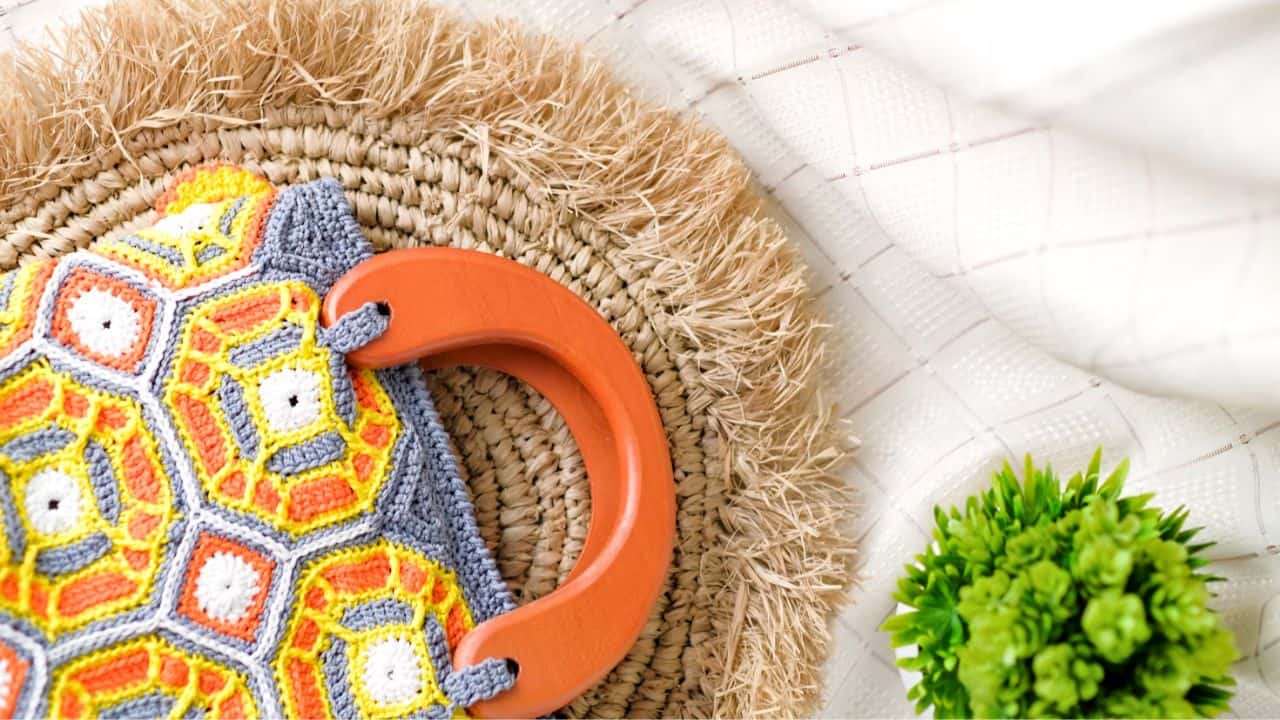Plastics and microplastics have been gaining attention. Since the BBC documentary ‘Drowning in Plastic’ and Hugh Fearnley-Whittingstall’s ‘War on Plastic’, stories are regularly appearing in the media.
However, a recently published study from Brunel University in West London revealed the majority of its participants were surprised at the sheer scale of the problem and found it difficult to link their own plastic usage to the microplastics which end up in our oceans and waterways.
What is clear is that microplastics are an environmental and potential health hazard and more research is needed to fully understand their impact.

What are microplastics?
Microplastics are small plastic particles that are less than 5mm in size and enter our environment and our waterways via a number of different routes including surface run off, waste-water, plastic wastage and plastic bottles and cups.
Where are microplastics found?
According to research from The University of Newcastle, Australia, the average person consumes about 5g of plastic every week from water. The answer isn’t to reach for bottled water as it contains 22 times more microplastic particles than tap water and they’re found in 93% of bottled water brands.
On average, those drinking bottled water are ingesting 90,000 additional plastic particles to those drinking tap water each year. They can also enter our bodies through inhalation and skin contact.

How do microplastics affect humans?
Until long-term research is available, it’s difficult for health organisations to provide guidance on this topic. Last year, the World Health Organisation published a report which concluded that microplastic particles in drinking water are not harmful to human health at current levels. The report acknowledged that the advice was based on limited evidence and urgently called for more research and a reduction in plastic use globally. In this UK, the Food Standards Agency (FSA) has also stated that current levels are “unlikely to cause harm”.
Some scientists suspect microplastics pose a greater risk to health than previously thought as animal and in vitro studies have suggested possible negative effects on inflammation, immunity, and the gut microbiome. As our gut microbiomes are linked with our immune health this may have a negative impact on our overall health. More international and cross-disciplinary research focusing on the toxicology of these particles is urgently needed to fully understand the long-term effects on humans.
“Bottled water contains 22 times more microplastic particles than tap water”
Can microplastics be filtered out of water?
Sadly not yet. At present, we should carry on drinking water as it’s considered safe for human consumption. As a general rule, we should be consuming about two litres of fluids per day.
The type of water you drink is down to personal choice. From a sustainability and cost perspective, tap water is preferable to bottled water and as highlighted earlier, bottled has higher levels of microplastics within it.
Canned water is increasing in popularity but currently there are no studies comparing its microplastic content to bottled and tap water.
Ceramic water filters are available that can reduce the levels of microplastic particles in your tap water but leave behind the beneficial minerals that occur naturally. These types of filter can be fitted to your kitchen tap or work surface and there are also portable options for when you’re on the go.

What can we do about microplastics?
We all need to be making a concerted effort to reduce our plastic use. Recent figures suggest that eight million pieces of plastic are entering oceans around the world every day.
Closer to home, The Canal and River Trust report the UK waterways are plagued by 14 million items of plastic each year.
If you’re not already, get into the habit of carrying a refillable water bottle when you’re out and about.
Always ask for tap water in restaurants, carry large (refillable) water bottles in your car for thirsty journeys or emergencies.
Another option is to support a ban on microplastic-containing products such as clothes, cleaning materials, and cosmetic products.
Globally, the introduction of legislation and policies to regulate and reduce the sources and levels of plastic pollution are also warranted. In the UK, plastic straws, drink stirrers and cotton buds will be banned from April 2020 as a result of the UK Plastics Pact.
Leading retailers are also taking action. Plastic cutlery and some unnecessary plastic packaging is being phased out. Non-recyclable pizza bases are being replaced with cardboard ones. But this is just the start and more demonstrable action is needed and fast.
Rebecca Stevens is the nutritionist behind Nourish and Nurture Nutrition.
Want more plastic free ideas?
Put the kettle on: Your 5 minute guide to plastic free tea
Plastic Free Shopping: 102 Of The UK’s Best Zero Waste Stores
5 minute guide: How to travel without using single use plastic










